Building a structure that will last for decades or even centuries requires a solid foundation, and this is where steel bars come in.
Steel bars, also known as reinforcement bars or rebars, are essential in providing the required strength and durability to concrete structures.
These bars are made of different types of steel depending upon the usage, each with its own unique properties and characteristics to fulfill the requirements.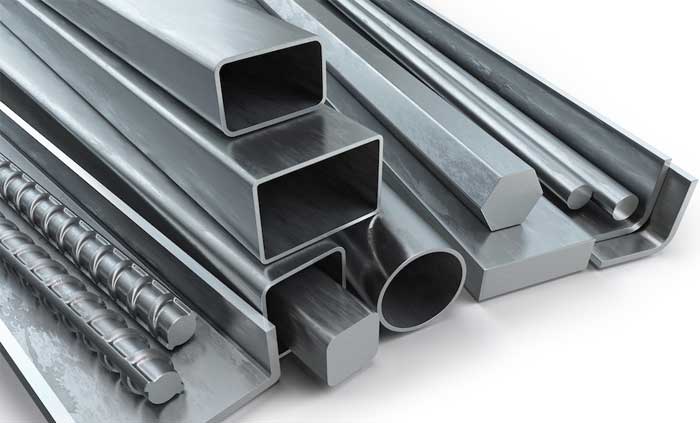
Understanding the different types of steel bars and their properties is crucial for choosing the right one for your construction project and is important, as it plays a vital role in the construction.
In this post, let us discuss in brief about the types of steel bars. We will take a comprehensive look at the different types of steel bars used in construction.
Read a bit about the quality of water for construction here.
Choosing the correct type of steel bars during the construction of your building plays a very important role in calculating its durability and longevity. 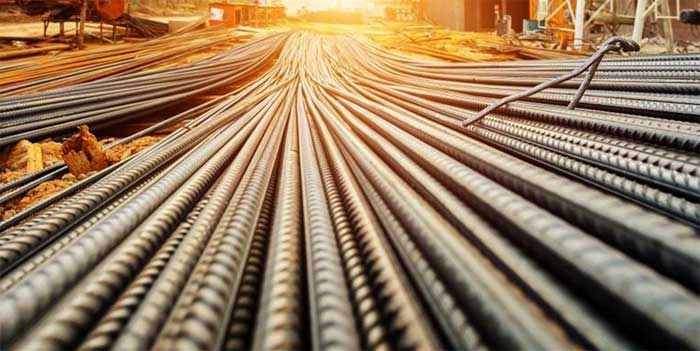
There are two main types of steel bars that can be used along with reinforced concrete in buildings. They are – mild steel bars and deformed steel bars. Apart from these there are few other types of bars as well. Lets discuss these types in detail below:
Types of Steel Bar
Mild Steel Bars
These are mainly known for their very good tensile strength when used with reinforced concrete cement.
These are also referred to as plain bars as it has a very smooth surface and round cross section. These are employed only for special purposes like in the expansion joints of the dowels where the bars are expected to slide in the metals smoothly and easily.
You may also want to read about cement sand ratio for plastering here as well.
These are also used for spiral columns during construction of the roads, runways and for contraction joints in them.
However; they are not preferred much as they have a very smooth surface and thus have higher risks of slippage.

Mild steel bars are the most commonly used type of steel bars in construction. They are also known as plain steel bars or black bars.
These bars have a smooth surface and are easy to work with. They are used in the reinforcement of concrete structures that are not subjected to heavy loads or stress.
Mild steel bars are also used in the construction of buildings, bridges, and other structures where a high level of ductility is required.
Consider reading about density of sand as well here.
Deformed Steel Bars
As the name itself suggests, the surface of these bars are deformed and has indentations on them. These indentations make sure that the bars offer better grip and strength and minimize slippage.
When used with concrete, these also help in increasing the bond between two materials. One advantage of these deformed bars is that they have more tensile strength than plain bars.
Getting your house constructed? Check these steel gate designs for your new home with photos here.
However; care should be taken to place the deformation (indentations) at equal distances.

Deformed steel bars are also known as twisted steel bars or ribbed steel bars. These bars have a surface that is patterned with ridges or deformations.
The deformations increase the surface area of the bar, making it easier for the concrete to adhere to the surface of the bar. Deformed steel bars are used in the reinforcement of concrete structures that are subjected to heavy loads or stress.
They are also used in the construction of dams, bridges, and other structures where a high level of strength is required.
Also give a look at the steel railing design here and give a perfect look to your home front which is attractive, unique and stylish.
Why deformed bars are preferred more than the plain bars
During the process of construction, there is a possibility of cracks developing in the reinforced concrete that is being used. These cracks appear around the surface of the mild steel bars.
This can happen due to the stretching of bars under tension. Deformed bars are used instead of mild steel bars to prevent these cracks from forming.
These deformed bars are available in diameter ranging from 6mm to 50mm. Deformed steel bars also have higher tensile strength compared to mild bars.
Also check the latest brick wall design here for your home or any building.
High Strength Deformed Steel Bar
High-strength deformed steel bars are similar to deformed steel bars, but they are made of higher-quality steel.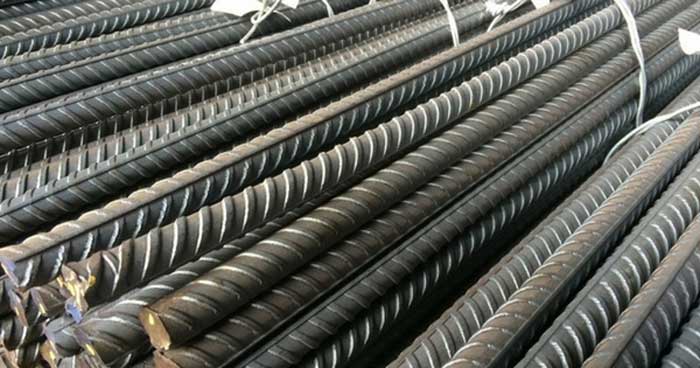
They have a higher yield strength than mild steel bars and can withstand higher loads and stress.
High-strength deformed steel bars are used in the reinforcement of concrete structures that are subjected to heavy loads, such as high-rise buildings, bridges, and other structures.
For cement plaster thickness read this to get the perfect plastering work done for your home.
TMT Bar
TMT bars, or thermo-mechanically treated bars, are a type of deformed steel bar. They are made by passing the hot steel billets through a water-cooling process. 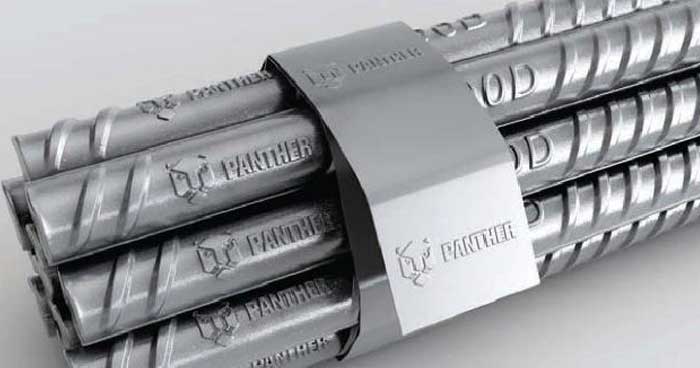
The cooling process results in the formation of a hard outer layer on the bar, which increases its strength and durability.
TMT bars are used in the reinforcement of concrete structures that are subjected to heavy loads and stress, such as high-rise buildings, bridges, and other structures.
Want to construct a house without pillars? Try these expert ideas and suggestions.
Carbon Steel Bar
Carbon steel bars are made of carbon and iron, with a carbon content of up to 2.1%. These bars are strong and durable, with a high level of ductility. 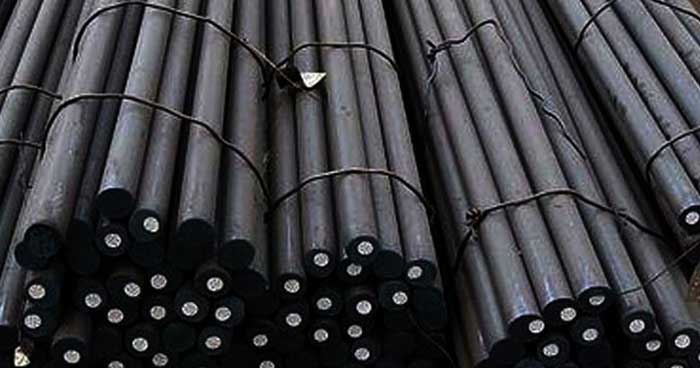
Carbon steel bars are used in the reinforcement of concrete structures that are subjected to heavy loads and stress, such as high-rise buildings, bridges, and other structures.
Alloy Steel Bar
Alloy steel bars are made of a combination of different metals, such as chromium, nickel, and molybdenum.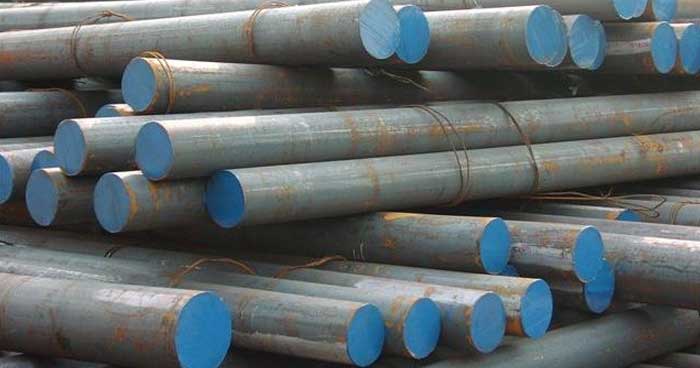
These bars have a high level of strength and durability and are resistant to corrosion and wear.
Do check the material to labour cost analysis here before getting started the construction work done.
Alloy steel bars are used in the reinforcement of concrete structures that are subjected to heavy loads and stress, such as high-rise buildings, bridges, and other structures.
Important precautionary measures that must be taken during the reinforcement of steel bars:
• The surface of the steel bars being used must be free from dust, oil, rust, and other elements that might threaten to reduce the strength of the bond.
• Steel bars should be stored properly such that they do not corrode.
• The steel bars must be provided with the essential cover during the process of laying the concrete cement.
Choose the best cement in india for construction work as this is one of the main pillar for your building.
4 Aspects of Steel Bars
Sizes and Dimensions
The size and dimensions of steel bars are also essential factors to consider in construction projects.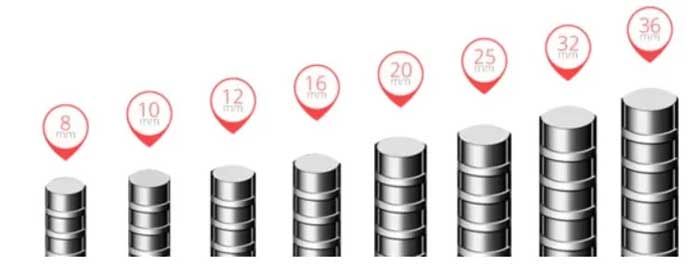
Different types of steel bars come in varying sizes and dimensions, and it is important to choose the right size and dimension for the specific application.
This aspect can be covered in detail, including the standard sizes and dimensions of steel bars and the factors that determine the appropriate size and dimension for different applications.
Also try these modern wall putty texture design for your home.
Manufacturing Process
The manufacturing process of steel bars can also affect their properties and characteristics.
This aspect can be covered in detail, including the different manufacturing processes used to produce steel bars, such as hot rolling, cold rolling, and thermomechanical treatment.
It can also cover the impact of the manufacturing process on the strength, durability, and ductility of the steel bars.
Consider reading marble flooring design here.
Standards and Codes
Steel bars used in construction must meet specific standards and codes to ensure their quality and reliability.
This aspect can be covered in detail, including the different standards and codes that steel bars must comply with, such as the American Society for Testing and Materials (ASTM) and the British Standards Institution (BSI).
It can also cover the implications of non-compliance with the standards and codes.
Applications
The different types of steel bars are used in various construction applications, ranging from small residential buildings to large infrastructure projects.
This aspect can be covered in detail, including the different applications of each type of steel bar and the factors that determine their suitability for different applications.
It can also cover the impact of the different types of steel bars on the overall cost, strength, and durability of the construction project.
Know about mivan construction technology here as this is latest in trend and has a good quality, durable, and strong.
How To Prevent Rusting In Steel Bars
Steel bars used in construction are susceptible to rusting over time due to exposure to moisture and air. Rusting can weaken the steel bars and compromise the structural integrity of the building.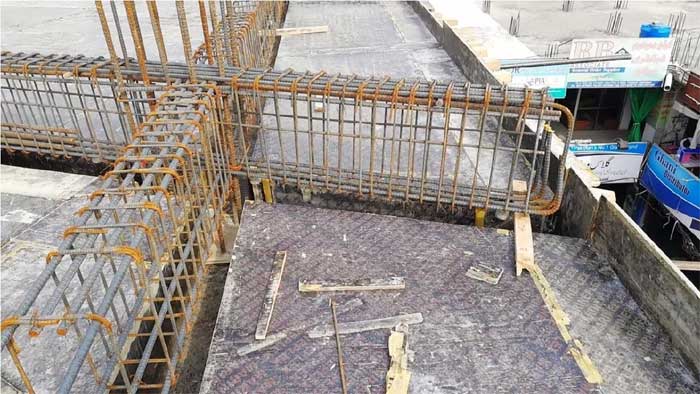
However, there are several measures that can be taken to prevent steel bars from rusting. Some of these measures include:
Coating
Coating the steel bars with a protective layer is an effective way of preventing rusting. A common coating used is epoxy, which provides a protective layer and prevents moisture from reaching the steel.
Other coatings such as zinc, nickel, and chromium can also be used to prevent rusting.
Galvanizing
Galvanizing involves coating the steel bars with a layer of zinc to prevent rusting. This is a common method used in construction, and it provides long-lasting protection against rusting.
Galvanized steel bars are widely used in construction, especially in areas with high humidity.
Give a read to red oxide flooring as well here.
Proper Storage
Proper storage of steel bars is also essential in preventing rusting. Steel bars should be stored in a dry and well-ventilated area to prevent exposure to moisture.
They should also be stacked neatly to prevent damage and ensure air circulation.
Maintenance
Regular maintenance of the building is important in preventing rusting of steel bars. This includes regular cleaning and inspection to identify and repair any damage to the protective coating or galvanizing.
Choosing the right type of steel bar for your construction project is crucial to ensuring the structural integrity and durability of the building.
You may also like to read about kota stone flooring here.
It is essential to consider the load and stress that the structure will be subjected to, as well as the specific properties and characteristics of each type of steel bar.
Steel Bars for RCC Work:
Choosing the type of steel bars plays a vital role in RCC roof slab work as the entire building is dependent on beam or pillar only and these pillars are made of these bars.
The weight of RCC is also an important factor here. Hence bars used in these RCC should be rough, new, and free from cracks, sound, jagged, and free from all defects.
All steel bars used for reinforced work should be finished in a proper and specified way and according to the weights and dimensions mentioned by architecture.
Conclusion
In this blog, we have covered the different types of steel bars used in construction, including mild steel bars, deformed steel bars, high-strength deformed steel bars, TMT bars, carbon steel bars, and alloy steel bars.
By understanding the properties and characteristics of each type of steel bar, you can make an informed decision and choose the right one for your construction project.
Consider Reading:
- How to remove seelan from wall
- Construction cost estimator
- Ramp Construction Calculation
- How to make home electric shock proof.



good
sir mera 30/60 jamin hai ghar banane ke liye ghar ka naksha chahiye
Guide me regarding clinic for orthpaedic and gynaec on ground and first floor on plot size 60*30
Do you think the deformed steel bars are sturdy enough for building houses? I feel they’re often used in construction because of their strength and durability. Let em know if I am right. Thanks a lot.
Great blog. Informative.